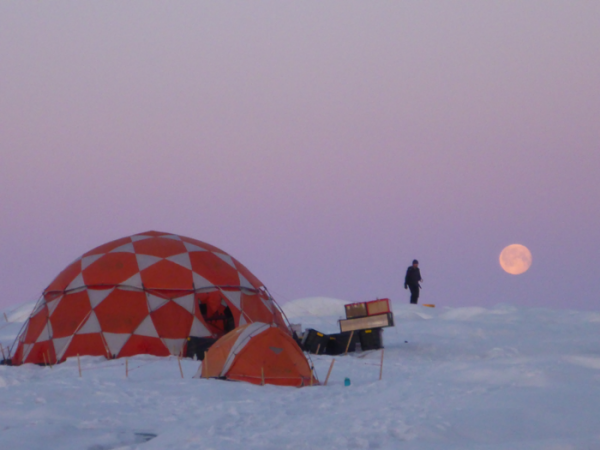Researchers have found that the movement of glaciers in Greenland is more complex than previously thought, with deformation in regions of warmer ice containing small amounts of water accounting for motion that had often been assumed to be caused by sliding where the ice meets the bedrock beneath.
The international team of researchers, led by the University of Cambridge, used computer modelling techniques based on earlier fibre-optic measurements from the Greenland Ice Sheet to build a more detailed picture of the behaviour of the world’s second-largest ice sheet.
Their results, reported in the journal Science Advances, could be used to develop more accurate predictions of how the Greenland Ice Sheet will continue to move in response to climate change.
Read more at: University of Cambridge
An international team of researchers, led by the University of Cambridge, used computer modelling techniques based off earlier fibre-optic measurements from the Greenland Ice Sheet to build a more detailed picture of the behaviour of the world’s second-largest ice sheet. (Photo Credit: Robert Law and RESPONDER team)


